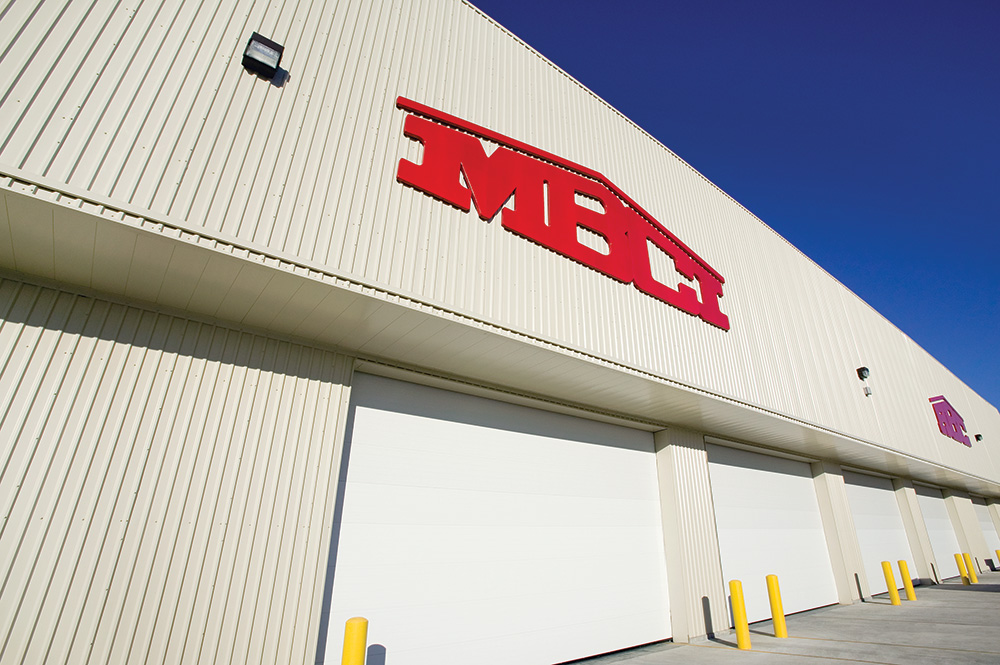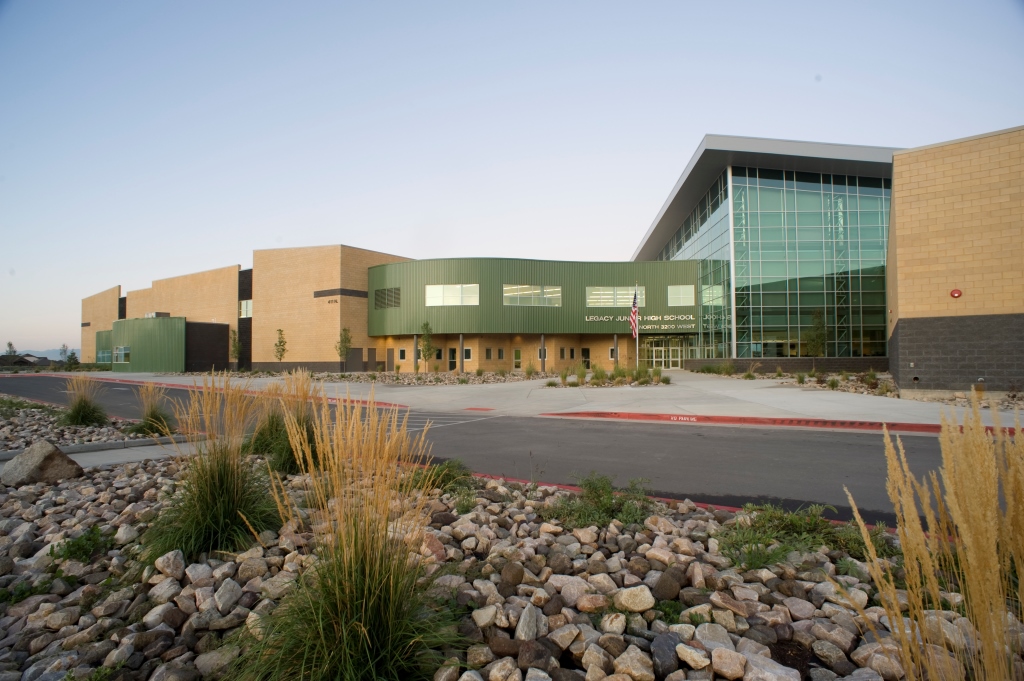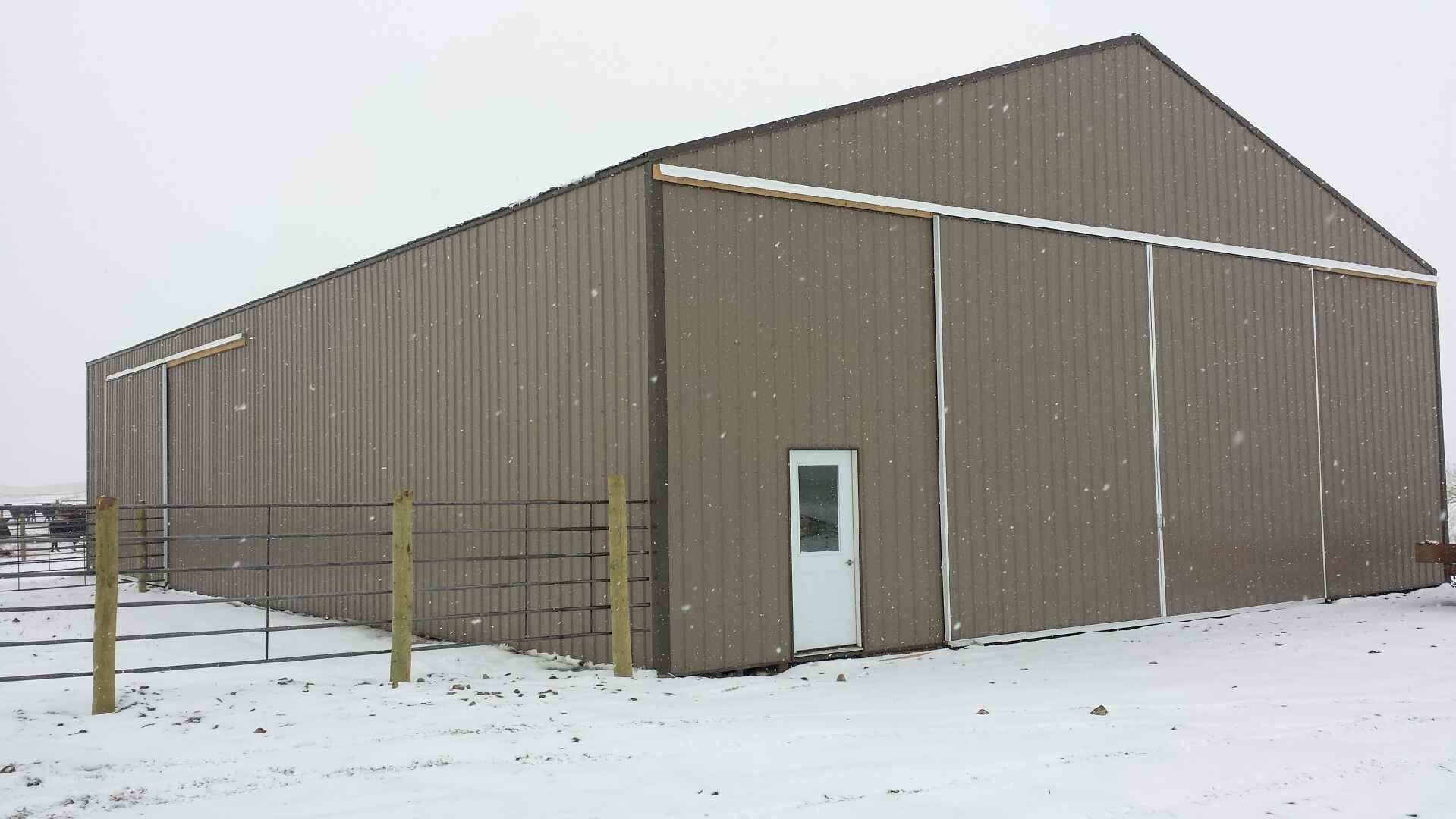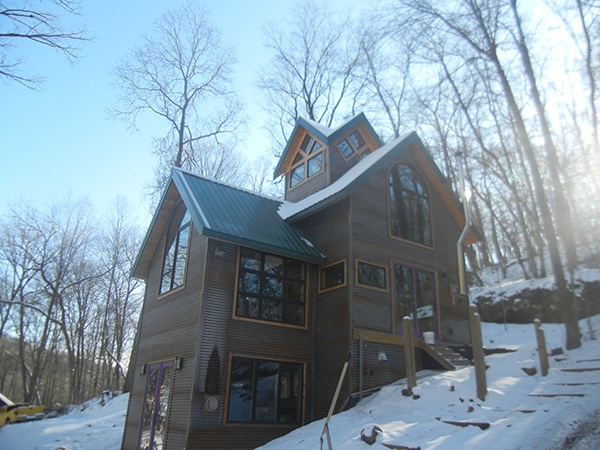Metal building components have been in use ever since iron and steel became commonly available during the 1800s. However, coordinated metal building components as we know them today really got their start during the 1900s, with a lot of significant developments happening just in the past 40 years. Here’s a quick overview:
1970s:
During the 1970s, the emerging metal buildings industry was primarily focused on providing pre-engineered solutions for commercial, industrial, and agricultural customers, mostly in the range of 10,000-square-foot buildings or less. The use of lighter-weight, tapered-end steel sections and bolted end-plate connections was beginning to be developed for widespread use, based on industry research. The development of technology that allowed for new methods of steel fabrication created growth for existing companies and helped new ones to form, such as MBCI in 1976. The energy crisis of the time brought interest in creating better insulation solutions.

1980s:
This was a period of growth along with the rest of the construction world. New plants and facilities were opening up in response to growing customer and market needs. New coating technologies were coming available that provided better corrosion resistance and allowed for more customers to consider using metal buildings. Technical research into wind loading for walls and wind uplift for roofs brought updated means and methods to address these critical structural engineering conditions.
1990s:
During this decade, the volume of metal buildings and tons of steel processed nearly doubled. More building types were being constructed out of metal building components as architects, engineers, and owners saw the flexibility, time savings, and cost efficiencies involved. Retail facilities, offices, even schools started to incorporate metal buildings and their components into their planning and construction. With this growth and expansion, technical issues such as snow loads and employee issues such as OSHA regulations were hot topics of research and focus.

2000s:
With strong momentum and growing success around the country, the industry began to offer more-diverse product offerings and components. Insulated metal sandwich panels with both interior and exterior finishes became more common. New roofing finishes and appearances became available. Structural research into seismic effects on metal buildings was conducted in response to California earthquakes, and solutions were determined. Further work was done on energy performance of metal buildings in response to energy codes and customer requirements. Additional work was undertaken on updated engineering guidelines for tapered structural members and exterior wall and roof finishes and styles. This included the use of horizontal instead of vertical siding systems and smooth-surface solutions.
A Look at Today in the Metal Building Components Industry:
The metal building industry has clearly evolved and come a long way from somewhat humble beginnings. Today, full systems or components can be found in a wide range of buildings types, creating highly attractive solutions that are often not recognized as metal buildings. Continued industry research helps manufacturers provide high-quality products that meet the demands of the larger building industry. Continued collaboration and partnerships are helping to foster diversified product offerings and new market penetrations. Overall, the past 40 years or so have been just the beginning – the future of the industry looks strong, and prospects remain high for continued growth.

